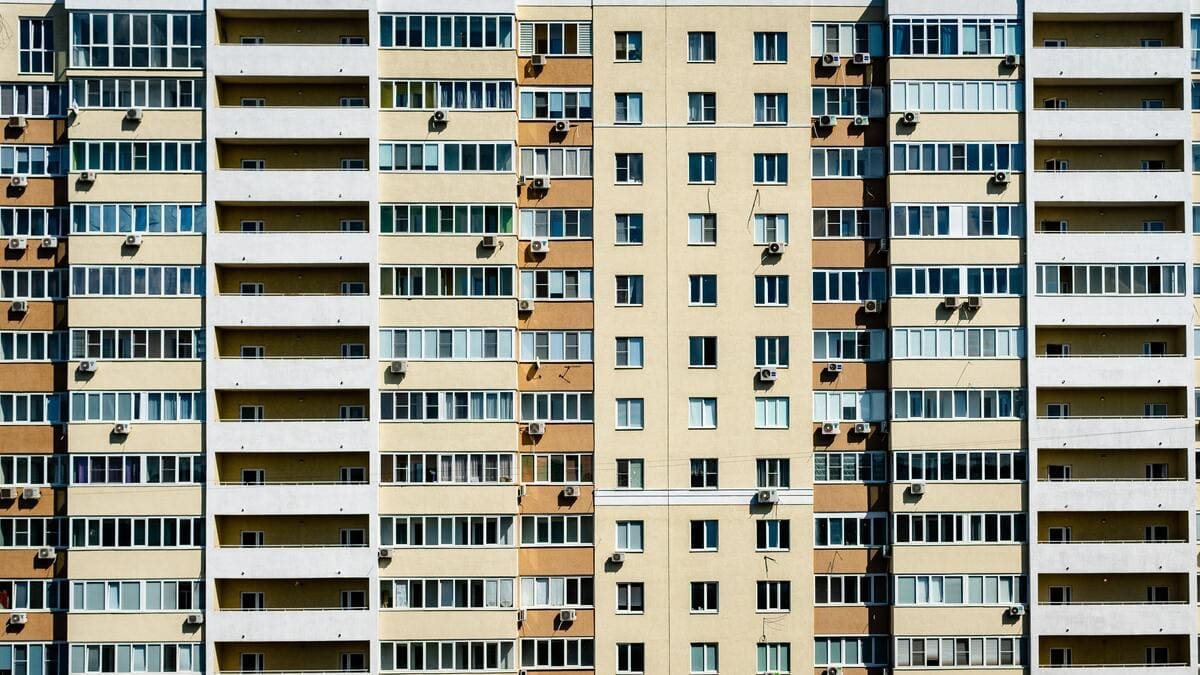Socrealism, more precisely socialist realism, is an artistic method based on the interrelated ideological system of Marxism–Leninism, which had had an impact on the fine arts, architecture and literature of the pre-regime change era.
Upon hearing the Hungarian word szocreál, most people probably think of a nostalgic, but at the same time negative qualifier, which reflects the unimaginative frugality of the era prior to the Hungarian regime change. Socrealism, more precisely socialist realism, is an artistic method based on the interrelated ideological system of Marxism–Leninism, which had had an impact on fine arts, architecture and literature before the regime change. Back then, many people working in these fields found it difficult to adapt to a trend that was immensely schematic and, in addition, served the ideological interests of the dictatorship as well. As a result, it attracted a great deal of criticism and thus the derogatory term ‘socrealist’ was coined.
I think that the branches of fine arts (painting, sculpture, graphics, media arts, and so on) are a testament to the fact that the world of socrealism produced both irredeemably poor works, naive, narrow-minded, and propagandistic, and pieces attesting to a particularly high level of artistic education, nourished by long-standing traditions. It is important to note that, in the history of Hungarian art, the tradition of depicting the labourer had been established long before the term ‘socrealism’ was invented, so if you see a work that represents peasants or working people, that does not necessarily mean that it is socrealist.
Perhaps socrealism related to architecture is interpreted in the most incorrect way, as many people associate the term with prefabricated houses. However, the traditional socrealist architecture in Hungary was very short-lived, lasting approximately from 1950 to 1955, and was characterized by brick houses with classicist wrapping covered with reliefs. In contrast, the construction of 5–10-story prefabs so familiar to those living in Budapest, assembled from prefabricated panels usually made of reinforced concrete, started much later, from the 1970s, due to an increasing housing shortage.
Another interesting fact is that prefabricated houses are a product of modernist architecture following Western fashion.
Prefabs were typically modelled on Swedish, French and Danish examples, but while in these countries the trend was soon modernised, this was not the case in Hungary.
As for real socrealist architecture, one is in a bit of a trouble when looking for such buildings, as in the first half of the 1950s, relatively few blocks of houses were built in Budapest. Nevertheless, I tried to collect a few:
- The housing estate on Kerepesi Road
- Gubacsi housing estate
- The housing estate on Nagy Lajos király Road
- Csepel workers’ hostel (30-46 Kossuth Lajos Street, 19TH district)
- 1-3 Örs vezér tere
- The old Népstadion (it can only be seen in photographs now)
I hope that after reading my article, the reader’s interest in the topic will be aroused, and that they will also have a more nuanced understanding of socrealism.
Click here to read the original article








